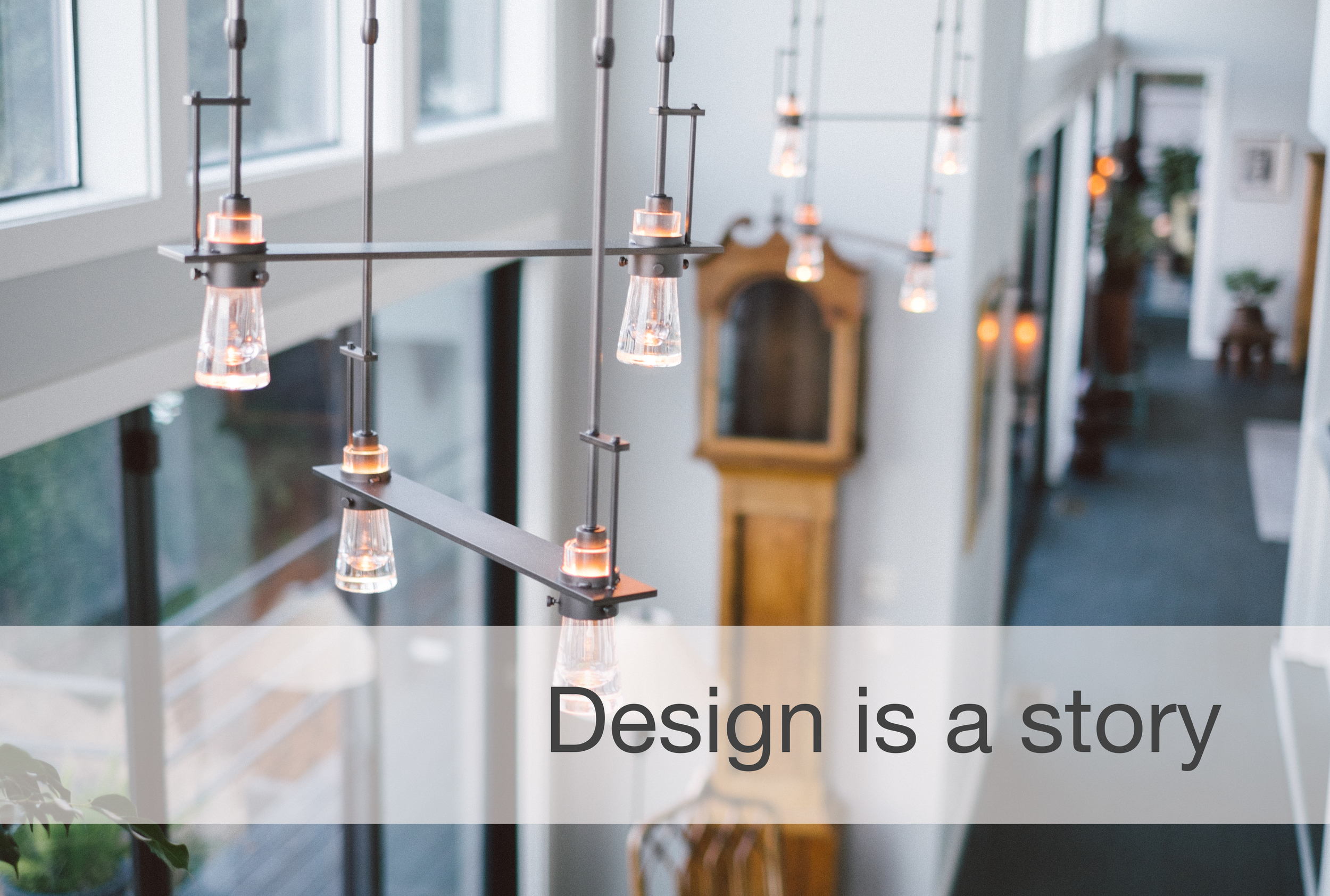The front end of planning for a home renovation is fun but after awhile everything starts to look the same. You need a fresh breath of insight to take you to the next step before you meet with a home designer and put everything together in the design process. At this point the trick is to switch your focus from design to logistics. This is often something that is overlooked before meeting with a designer and can save you a lot of time up front.
Organize Your Research
As you probably know by now, there are three great methods of looking for home designs - Pinterest, Houzz.com and Magazine clippings. If you haven't used all three of these methods to some degree, you probably have a little more research to do. If you are dreaming of pinterest boards and houzz ideabooks, then you have done enough. Now that you are here, take a step back from the actual ideas themselves and just look at how everything is organized. When you go to meet with a home designer, can you easily and effectively convey your ideas and your story through the research you've completed? Will the designer be able to see what you've pulled together in a simple way so he/she can help you pull it all together?
If you are working with magazine clippings, the best practice is to put them all in a divided binder. Want to go the extra mile? Label tabs with each component of the space you are remodeling. After everything is organized neatly, go back to pinterest. Are all your pins categorized so you can pull it up in the designer's office and tell your story with them? This little effort will help you improve your productivity with your designer, as well as, help them to understand your story better. Now, move over to Houzz.com and tighten up your idea book. Go through and take out anything you think will distract from the core story you are trying to tell.
One other way you may have pulled ideas together is by actually going to tile or kitchen and bath showrooms. If this is something you have done and you have samples from your visits, do a quick inventory of what you want to keep at this point. Can you get rid of anything that will distract from the overall theme? Samples can be helpful to bridge the gap between concept and reality. This is definitely where your home designer will be taking you when the direction has been nailed down.
Plan Your Timeframe
As we mentioned, shifting your mind from design heavy thoughts to thinking about logistics is going to help you be better prepared. One of the most important elements, aside from communication, is balancing time. Once you start your home renovation project, the train is on the track and it's moving forward. The best projects keep the train moving until it safely reaches its final destination. If you don't stop to think about how this project will impact your daily routine, your upcoming events and trips or unplanned school and work events, your home renovation will take far longer than you would like for it to take.
The best practice here is to sit down with your spouse or family and look at your calendar for the next 6 to 8 months. Everyone should weigh in on what is important to them. Get all of the dates and times nailed down on each person's calendar so everyone is on the same page.
Where do you stand right now? Does it look like you can fit this remodeling project in now or should you wait a couple of months? Consider your busiest times and your slowest times. The more attention you can give your project the better. If you want to get started on the project now but know you have other major commitments, the best phase to be unavailable is during demolition. This phase requires the least amount of decisions. The worst time to be gone or unavailable is the design phase. Obviously, your input on the direction you want your space to go is vital to a remodeling project working at all. The next most important phase is construction. Some decisions can be made remotely, using your home designer as your deligate, but mostly you will want to have your own eyes on the ground. This will be the best approach to make sure everything is coming together as you envisioned it.
Great. Now you have your research done and organized. Your calendar has been worked over with a fine tooth comb and you are on the right track. It's time to meet with a home designer.




